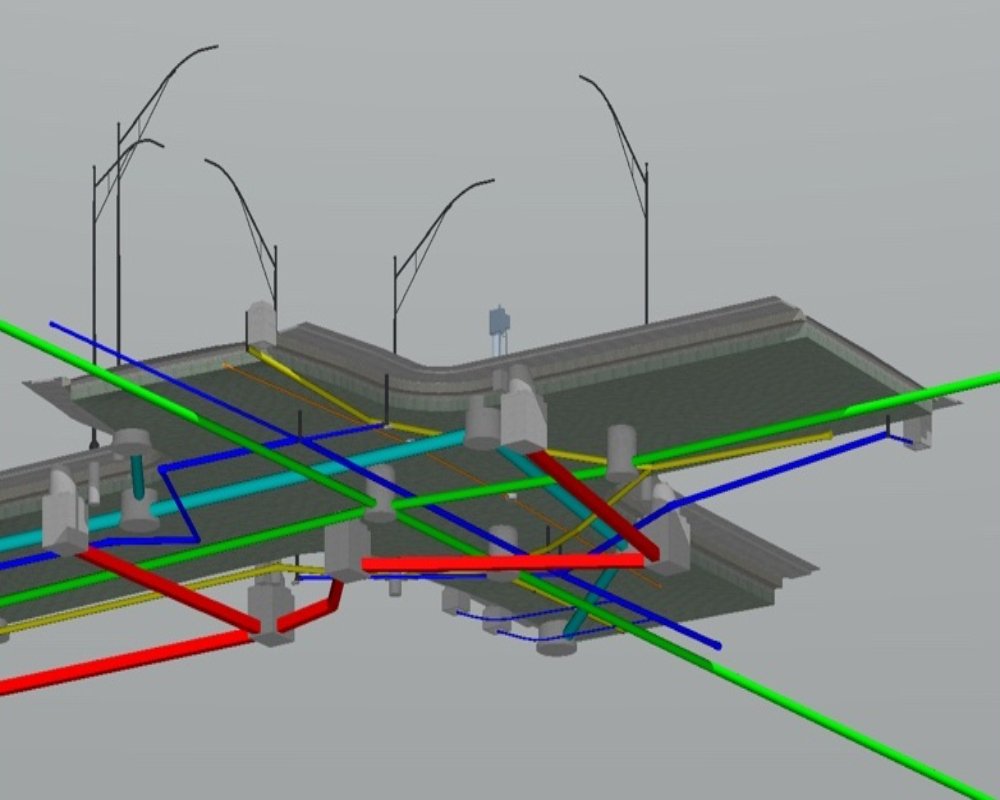A state-level infrastructure authority has initiated a comprehensive review of utility mapping as part of its effort to update land guidance values for industrial and commercial zones. The move aims to create a more accurate reflection of a land parcel’s true market potential by incorporating the availability and quality of utilities such as electricity, water, gas, sewage, and broadband connectivity. Traditionally, guidance values have been based primarily on location and size, but the new approach recognizes that infrastructure readiness significantly impacts land attractiveness and pricing. Officials believe that utility-enabled plots warrant higher valuation adjustments compared to undeveloped lands. By conducting detailed utility audits and geospatial mapping, the state hopes to introduce a more data-driven, transparent valuation framework. This initiative marks a significant modernization of land valuation practices.
The utility mapping exercise includes creating digital overlays that identify plots with immediate access to critical infrastructure and those requiring major development investments. Parameters such as distance to substations, water supply grids, gas pipelines, and fiber optic networks are being evaluated alongside traditional land attributes. The updated maps will serve not only for valuation purposes but also as a resource for investors and developers assessing project feasibility. Industrialists and real estate stakeholders have welcomed the move, noting that accurate utility-based valuations can streamline project planning and financial modeling. Areas with complete infrastructure packages are likely to see upward revisions in guidance values, while underdeveloped areas could face slower growth unless utilities are upgraded. The effort aims to better align public land pricing with actual development potential and market demand.
By integrating utility mapping into the land guidance system, the state aims to promote more sustainable and investment-ready industrial development. Authorities believe that this proactive step will facilitate better land monetization, improve investor confidence, and attract high-quality industries to designated growth zones. Over time, the data collected through utility mapping could also assist in strategic infrastructure planning and targeted subsidy allocation. Analysts predict that other states may soon adopt similar practices as competition intensifies to attract industries and maximize land revenues. The success of this initiative will depend on the accuracy, transparency, and frequency of future updates to the utility database. Ultimately, modernizing land valuation methods is expected to deliver long-term economic benefits by linking land pricing more closely with real-world industrial viability.


